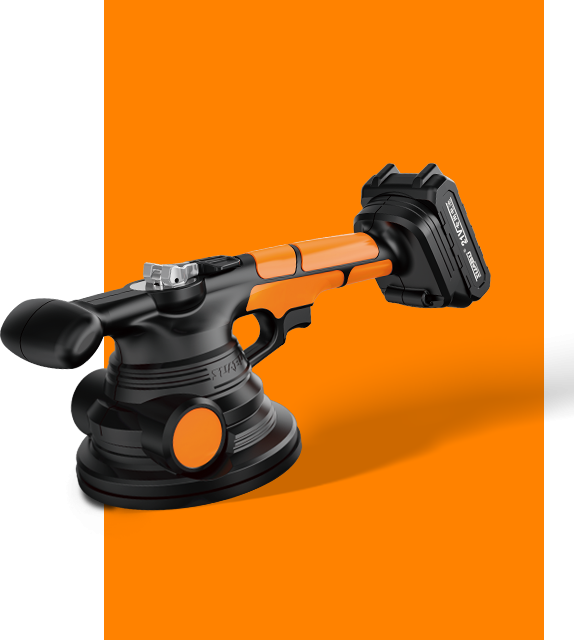In the modern construction and decoration industry, efficiency and quality are two important indicators for measuring work results. As a professional construction equipment manufacturer, we know that in a highly competitive market, innovation and efficiency are the keys to corporate survival and development. Therefore, we developed a revolutionary device - the electric tile vibration machine, which plays a huge role in improving the efficiency of decoration.
Let's talk about the working principle of electric tile vibration machine. This device generates high-frequency vibrations through a built-in motor. These vibrations can be quickly transmitted between the tiles and the adhesive, thereby ensuring a tight fit between the tiles and the floor or wall. This close fit not only improves the flatness of the tile laying, but also greatly reduces the possibility of hollowing and falling off, thus improving the overall quality of the decoration project.
In the traditional tile laying process, workers need to use a rubber hammer to manually tap the tiles to ensure their fit with the floor or wall. This method is not only time-consuming and labor-intensive, but also difficult to ensure consistent fit of each tile. However, with our electric tile vibration machine, workers only need to place the device on the tiles, start the device, and then the tile laying work can be easily completed. This automated process not only saves manpower, but also greatly improves work efficiency.
In addition, the electric tile vibration machine also has the function of adjusting the vibration intensity, which allows it to adapt to different types and sizes of tiles. Whether it is large floor tiles or small wall tiles, our equipment can provide the right vibration intensity to ensure the quality and efficiency of tile laying. This flexibility is unmatched by traditional manual laying methods.
We also noticed that when it comes to renovations, time is money. Using electric tile vibration machines, engineering teams can complete more work in less time. This means projects can be completed faster, saving owners significant time and costs. In the fast-paced construction industry, this time savings is invaluable.


